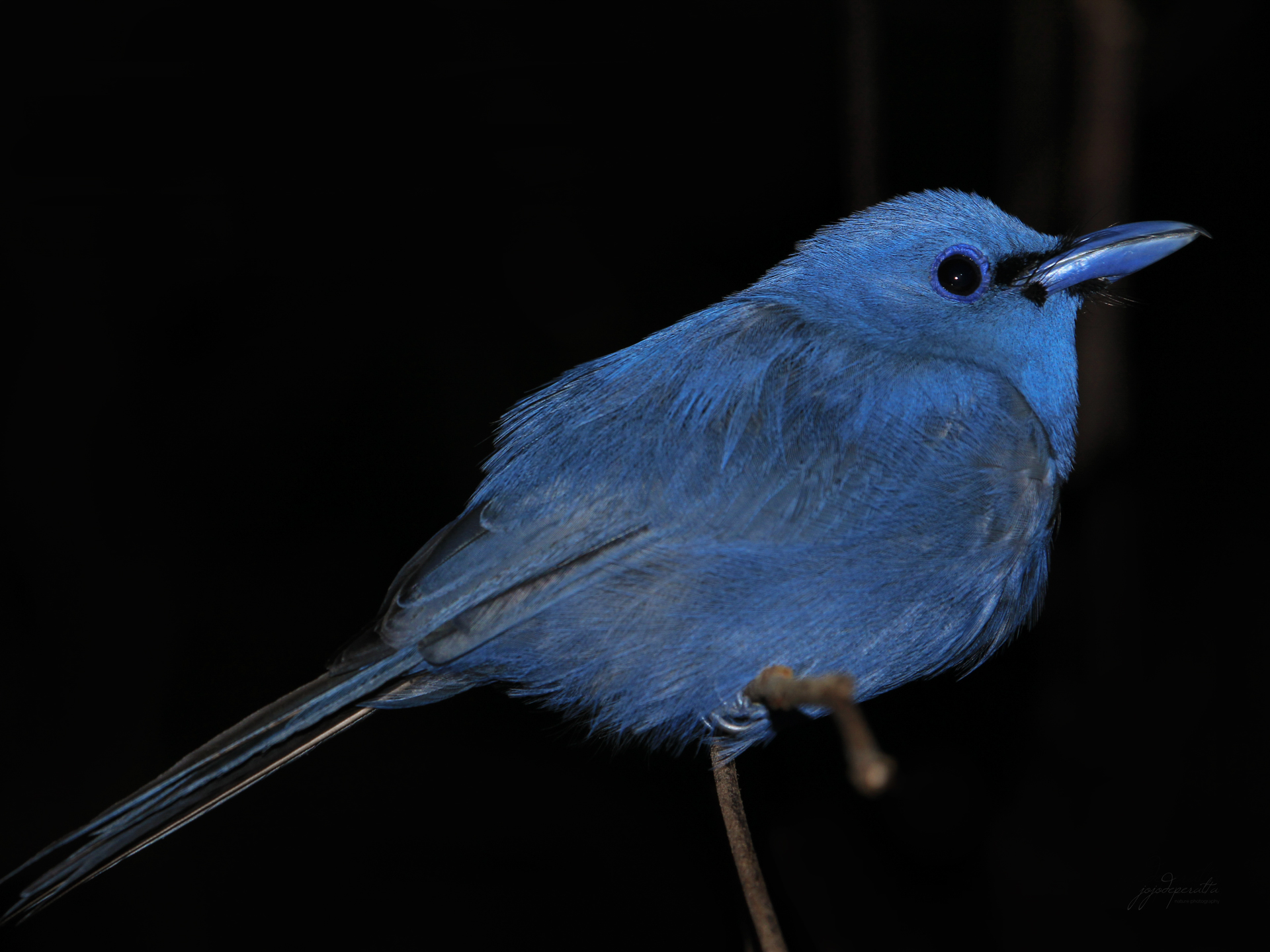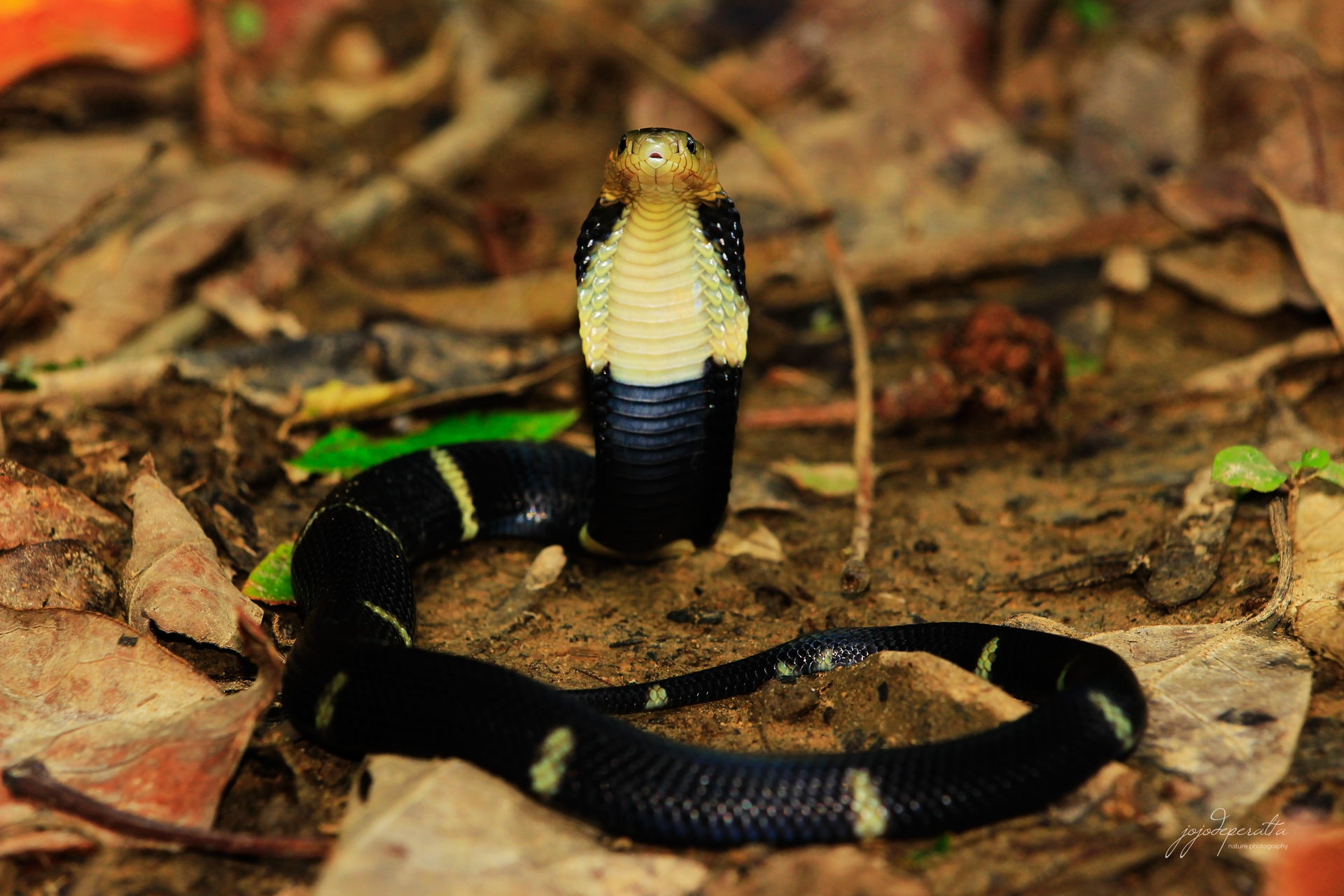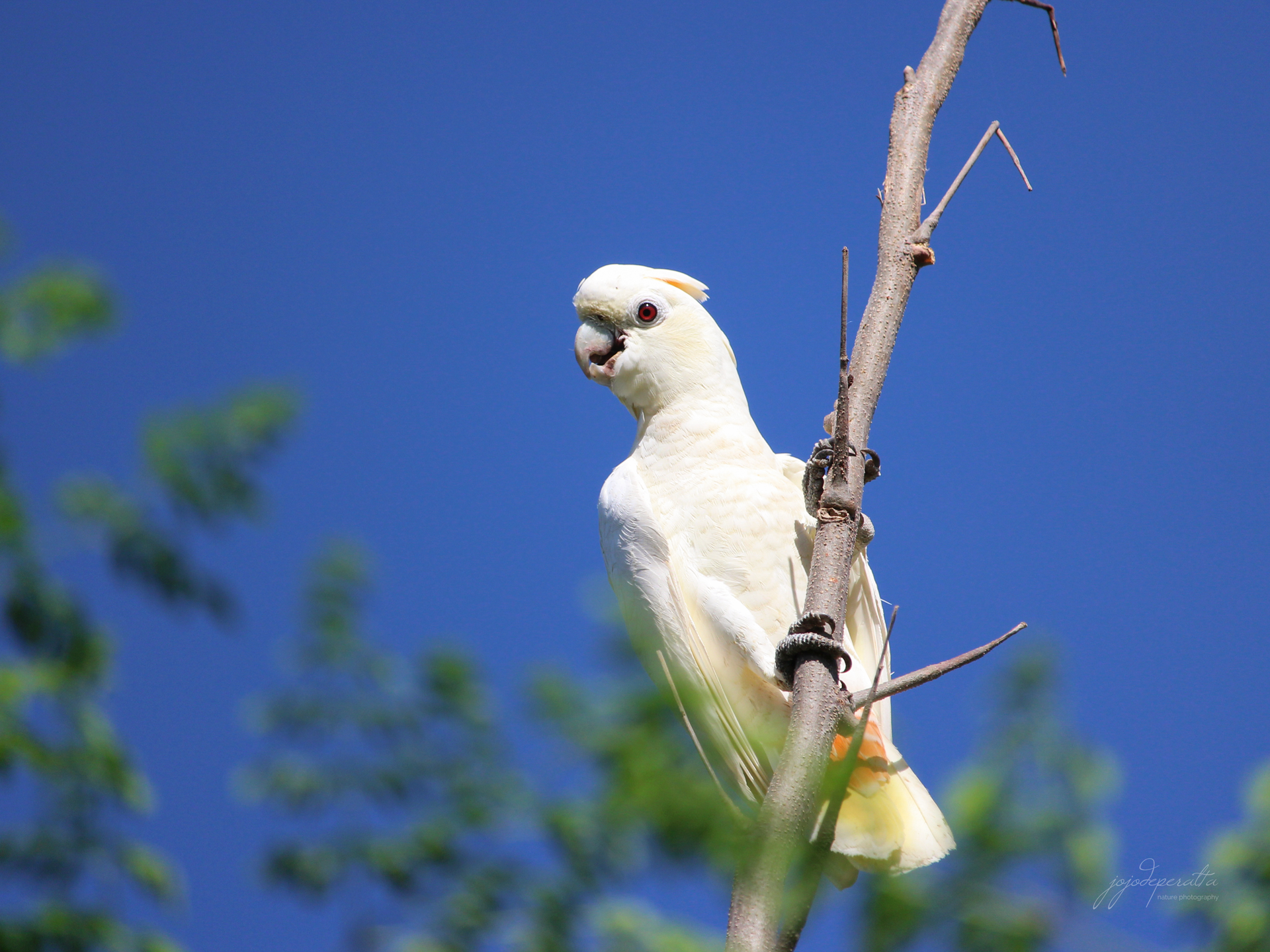Blue Paradise Flycatcher
The Blue Paradise Flycatcher Terpsiphone cyanescens
(Sharpe, 1877) is a member of the family Monarchidae endemic to Palawan
group of islands. This colorful bird is a lowland species inhabiting
Palawan mangroves, second growths and primary forests on the
foothills. It is mainly found in the understory of forest and
undergrowth around 10 to 20 meters from the ground. It is rarely seen on
top of tall trees. This species has shown an ability to endure habitat
modification and is often seen in many disturbed habitats and tree
plantations.
The
males, measuring about 216 millimeters, are more colorful and larger
than females. Adult males are mostly grayish blue except for the flight
feathers and the underside of the tail, which are black. The females
differ from being a bit smaller and having grey-brown back, rump and
tail. The wings are rufous brown and the breast is pale blue-gray
grading to white belly. The call is a loud rattling staccato, the trill
usually last for about 4 seconds and repeated several times for minute.
 |
| Female Blue Paradise Flycatcher |










